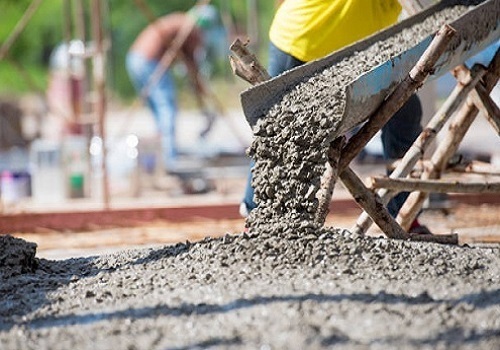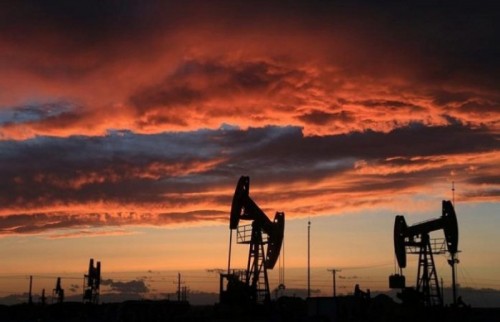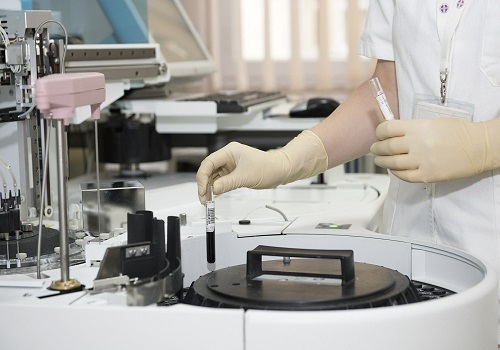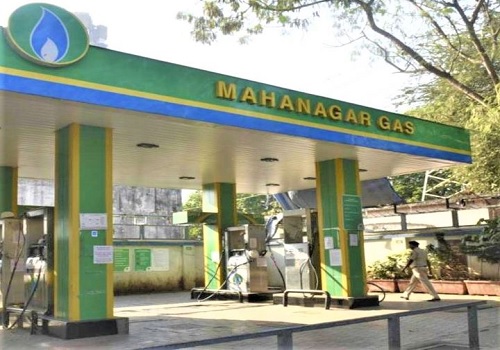Specialty Chemicals Update : Crop & Chemical Dashboard: China output growth is a worry by Kotak Institutional Equities
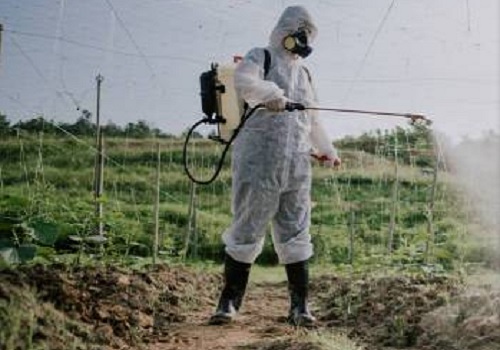
Crop & Chemical Dashboard: China output growth is a worry
Data published by the European Chemical Industry Association (CEFIC) shows that China’s chemical output continues to grow nearly 10% yoy, threatening a flood of exports worldwide, even as a broad-based demand recovery remains elusive—industry participants expect a weak 1HFY25. Meanwhile, crop prices have softened in recent months, and could raise worries for the agrochemical industry with regard to the health of grower demand.
A broad-based demand recovery for the chemical industry remains elusive
India’s exports of organic and inorganic chemicals fell 8% mom but rose a modest 3% yoy in May 2024, while imports were up 15% mom but flat yoy. US chemical production for May 2024 rebounded 1.7% mom, following declines in March and April, but remained lower by 0.4% yoy. On a 3-month moving average basis, US chemical production was down 1.5% as of May 2024. However, chemical railcar holdings—a measure of volumes—increased 0.9% yoy on a 13- week moving average basis for the week ending June 15. US data indicates continued softness in pricing, with chemical producer prices down 4.9% yoy. Commentary from chemical companies suggests that a broad-based demand recovery is still at least a couple of quarters away, while Chinese overcapacity is an overhang.
Crop prices have softened
US futures prices of most key field crops have softened in recent months, with corn, soybeans and wheat all now down in the range of 19-30% yoy amid concerns around rising supplies despite erratic weather conditions worldwide. Coffee (+38% yoy) and palm oil (+4% yoy) have outperformed relatively. However, trends in India have been quite different: field crop prices are generally up yoy with the exception of soybeans (-9% yoy) and groundnut (-5% yoy), while vegetable prices have also run up amid the heat waves. The monsoon rainfall has gotten off to a deficient start (14% below normal as of June 28), and reservoir levels remain low across India, except for the West. Fertilizer prices remain generally weak, although ammonia import prices into India have recovered somewhat in the past month.
Chemical prices generally remain soft, except for HFC refrigerants
Prices of HFC refrigerants have risen sharply over the past year in China, although they have cooled off somewhat in the past month. Yet, there has not been much of a rise in the prices of these same products in the international markets—a puzzling disparity. The reason may be excess inventories in the overseas markets. It is, therefore, possible that overseas prices move up whenever destocking ends. Aside from the refrigerant category, where supplies are constrained by Montreal Protocol regulations, prices generally remain soft. Prices of 2,4-D have moved up modestly off a depressed base—an exception in an otherwise weak agrochemical pricing environment. Prices of BOPP film are up 22% in the past month, more than polypropylene prices, which have risen 10% mom. Ammonia import prices have rebounded by 29% mom to $397/t.
Agrochemical 9(3) registrations in India
On the agrochemical 9(3) registration front, chlorantraniliprole was the most popular product, with several companies including FMC, Syngenta, Best Agro, Adama, UPL and Tagros registering either straight formulations or combinations of the active ingredient. However, the most interesting and novel new launches in our assessment again came from Syngenta, which obtained registration for the fungicide fludioxonil and the insecticide spirodipion.
European chemical industry data
After a 20-month spell in negative territory, chemical production in the EU27 increased for the third consecutive month in April 2024. However, CEFIC states that the increase in volumes must be seen with caution as it could be due to short-term restocking. Structural problems such as a lack of orders and high costs continue to weigh on an expected recovery. The data also suggests that China continues to report a high level of production (see Exhibit 17), even as chemical companies have not indicated improvement in China’s domestic demand. Therefore, the increased production poses a major risk of higher exports from China to international markets, impacting global competitiveness and lowering prices. Elsewhere, Germany reached its highest output level since July 2022, as the order scenario improved, led by low inventories in consumer industries and an increase in demand from outside Europe.
Above views are of the author and not of the website kindly read disclaimer


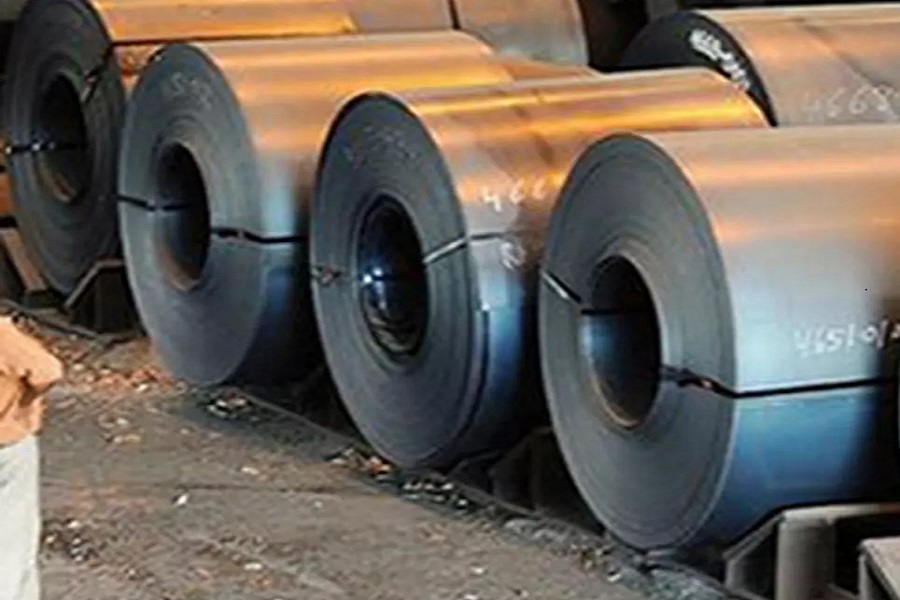

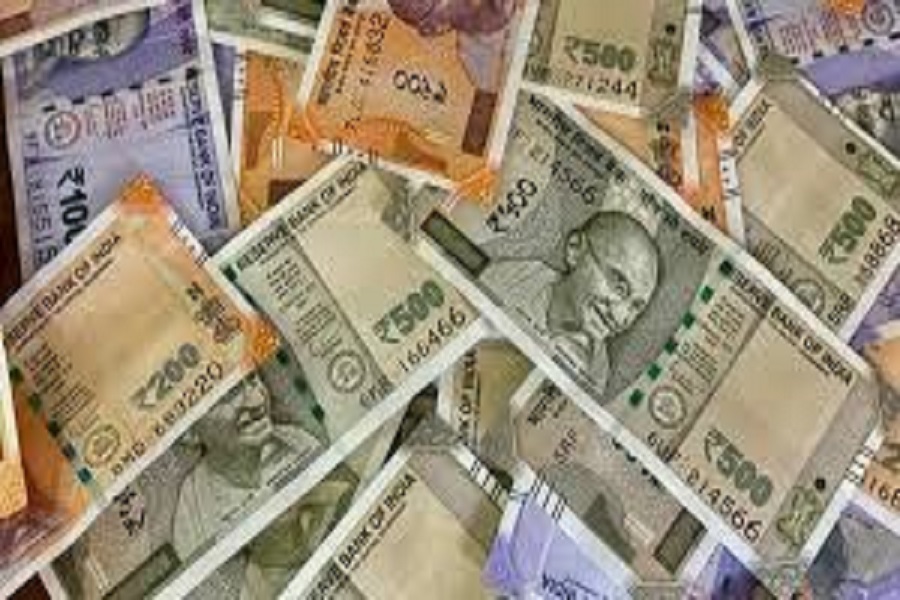
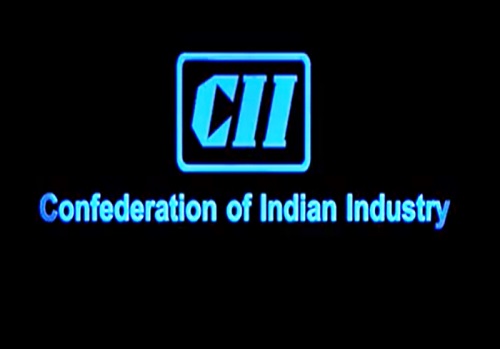


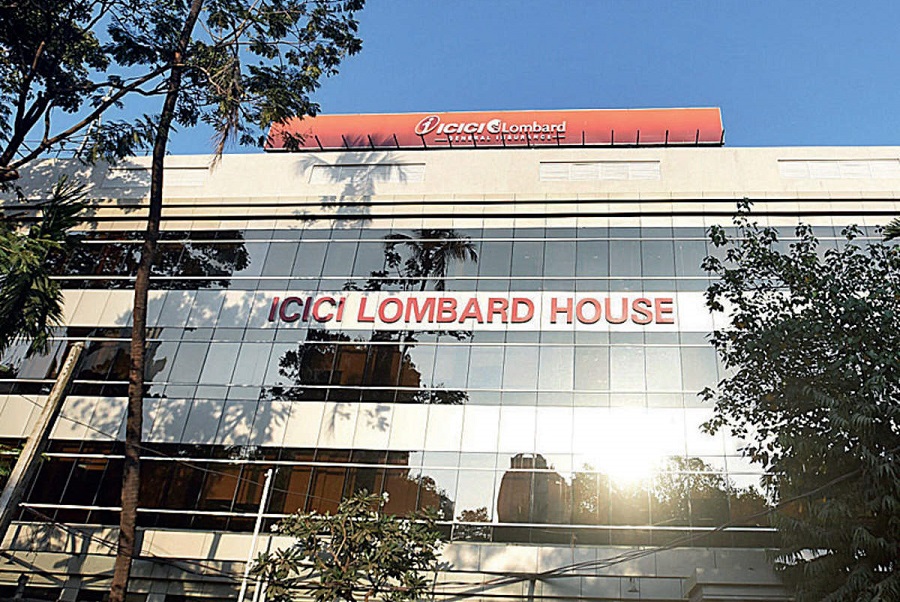
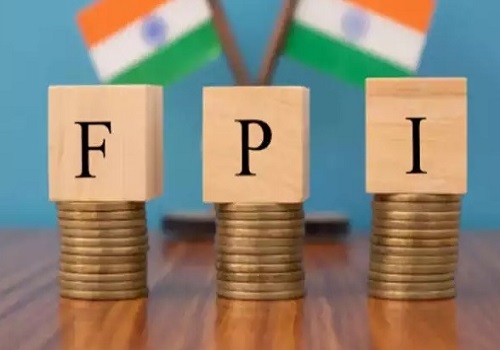
Tag News
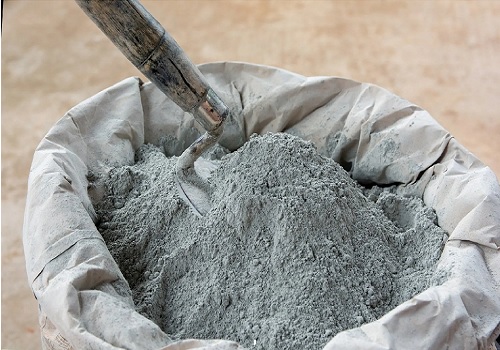
Cement Sector Update : Weak print, yet gradual recovery aligns with expectations by Motilal ...


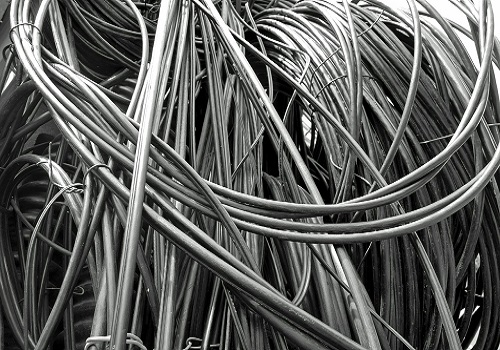
More News

Telecom Sector Update : Strong 2QFY25; Bharti once again the biggest gainer p By Motilal Osw...
